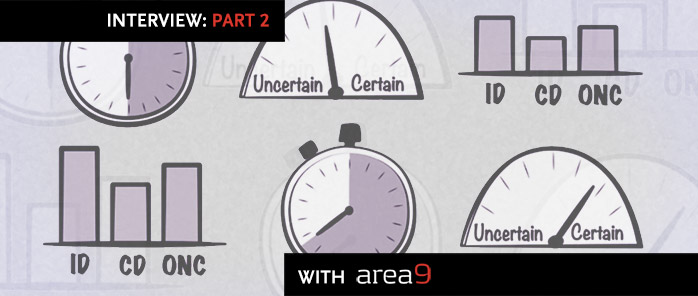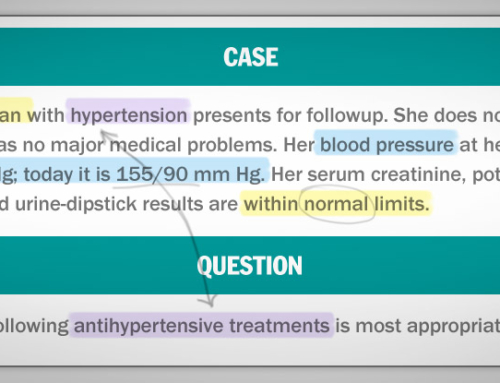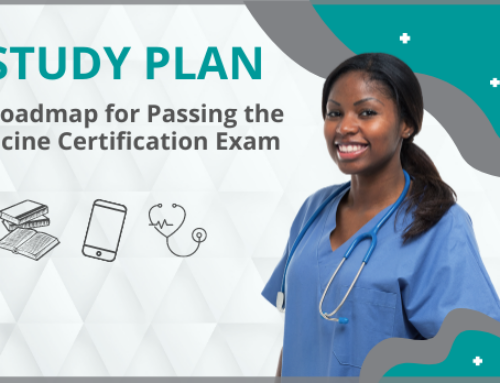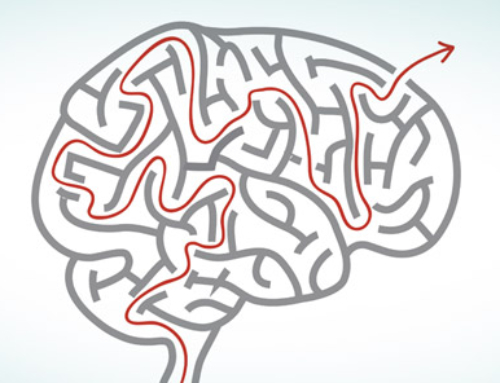In Part 1 of our Q&A series with Area9 founder and CEO Ulrik Christensen, MD, we learned how the company transitioned from being a niche provider of medical simulation software — aimed at preventing medical errors — to a global leader in adaptive learning software. Here in Part 2, Christensen explains how Area9’s technology differs fundamentally from other adaptive learning systems and what it means to be truly adaptive by contemporary standards.
How does Area9’s adaptive learning software differ from other adaptive learning platforms?
Perhaps the best way to comprehend our adaptive learning software is to think of an automated car wash. It is very important for the machines to move close enough to each car to clean effectively without doing any damage. However, it is not very feasible to try to preprogram all the various machines within the car wash to recognize and adapt to every possible make, model, and configuration of car that might pass through. Nor is it particularly feasible to try to make the system remember people’s specific cars, because even that will change from time to time. Instead, the car wash uses sensors to decide how tall or wide a vehicle is, whether or not there is a spoiler on the back, and so forth. If the machine encounters a spoiler, it simply moves up and continues on.
That is essentially how our algorithms work. They measure where you are at any given time and adapt in the moment — but not all adaptive learning products are engineered to work this way. Many try to rely on having that fixed map of all the makes, models, and configurations or by defining the particular car a person drives. That is not very efficient, especially if you believe, as we do, that people are infinitely different in terms of how they learn. The better you are at being adaptive, the stronger the learning proposition. The more you can shape carefully around each individual, the more precisely you can suggest the best ways for them to move forward in their learning processes.
Behind the scenes, we are always analyzing what people do with different pieces of information and forming assessments of how well they know things at given points in time. This is incredibly important, especially for systems such as NEJM Knowledge+, in which the audience of learners is also incredibly diverse in terms of work pressures, ages, educational backgrounds, work experiences, specialized interests, and so forth. Rather than taking highly prescriptive or engineered views of the world, we empower people’s computers and mobile devices to behave more like biological organisms, constantly moving and molding around their users.
Does that mean there are no learning archetypes — types of learners — that you can use to inform your algorithms?
We have strong support that it is not possible to classify learners into simple archetypes. Learners are as different as humans, and there are zero indicators to suggest you can classify them into types. With that said, individual learners do display patterns — quite complex patterns, but ones we can still identify, that relate to how an individual person learns.
An important principle of our adaptive technology is that we allow not only for differences among learners but also for intrapersonal differences. A week in which you are fighting with a spouse, jet-lagged, or under high job stress will be completely different from a week spent relaxing on vacation. Any learning system that assumes a person’s learning profile is the same under both extremes will not be very successful.
How do you go about establishing and updating a person’s learning profile in the moment?
This is actually very easy to explain because it is the same as when you hire a very good private tutor. The tutor’s first task is to figure out what you know and what you don’t know, so he or she starts by asking many questions and continuing to do so at each successive meeting, constantly probing to understand where you are relative to where you need to be and continuously tailoring learning objectives for each tutoring session.
We do precisely the same thing — we ask many questions and pay close attention to a broad array of indicators in how a person answers. For example, we look at their timing, confidence, and consistency in answering the same questions correctly over time, across different question formats (fill-in-the-blank versus multiple-choice, for example). We also understand at all times how each individual compares to the total population of learners that are using the system. This information also helps the system determine where the individual needs to focus more (or less) effort to remain aligned with performance benchmarks. Our sophisticated algorithms use all the data we gather to create a highly tailored experience for each learner.
Take a look at Part 3 in our series in which we explore how Area9 has modified its technology to fit higher-level objectives for lifelong medical learning, maintenance of certification (MOC), and preparation for medical board exams.
For a look at how adaptive learning is put to work in NEJM Knowledge+, check out our adaptive learning video.








